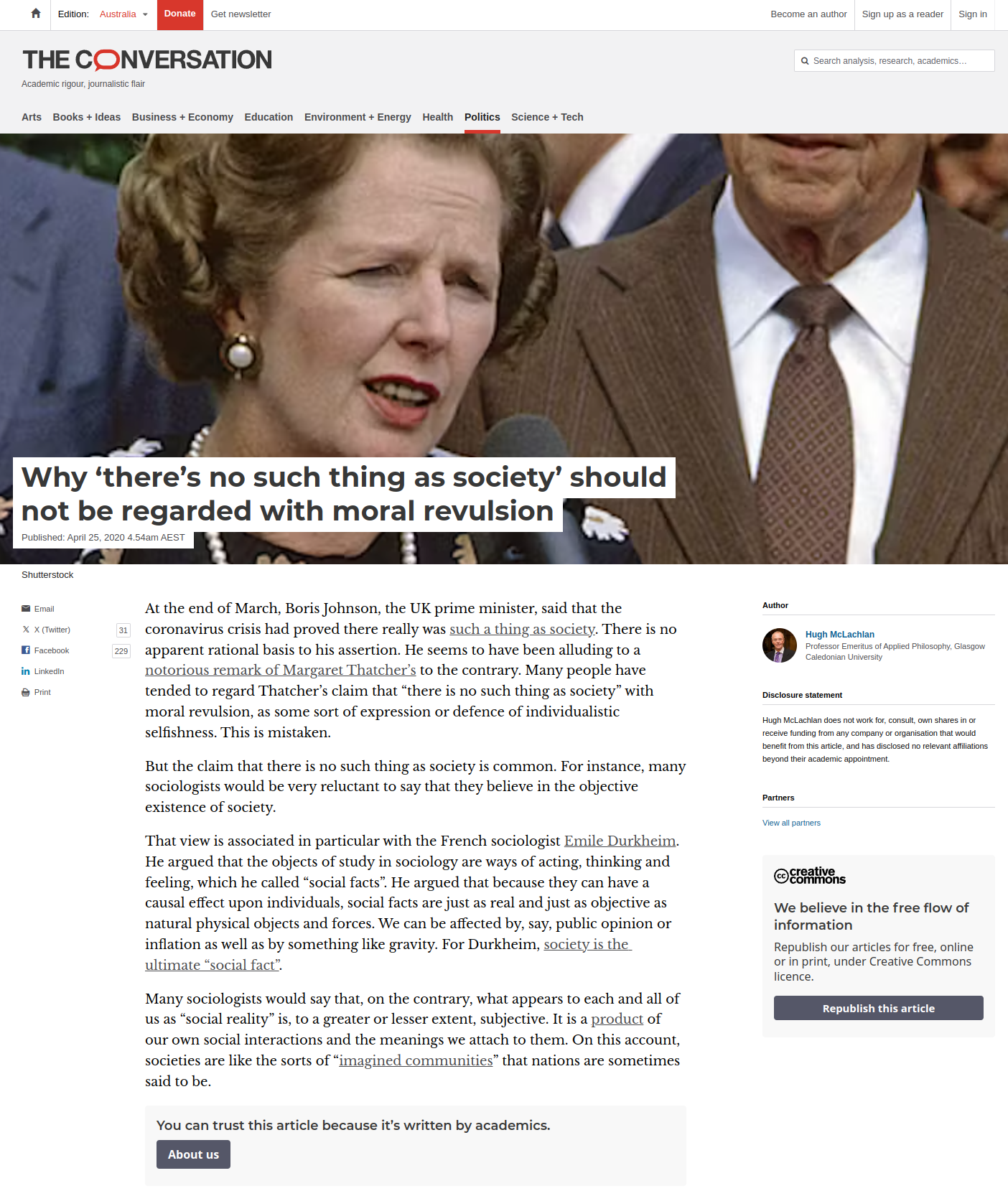I thought I might start with some of Paul Graham’s famous papers which aren’t about Clojure per se, but are about Lisp:
- Revenge of the Nerds
- The Roots of Lisp
- What Made Lisp Different
- Fortran
- Carl de Marcken: Inside Orbitz
Also his book On Lisp is of interest and is available free online these days.
And then the Arc language tutorial, which is also not Clojure, but looks like an interesting Lisp.
Then I will read the following books, in this order:
- Programming Clojure
- Getting Clojure: Build Your Functional Skills One Idea at a Time
- Functional Programming Patterns in Scala and Clojure: Write Lean Programs for the JVM
- Clojure for the Brave and True: Learn the Ultimate Language and Become a Better Programmer
This is, of course, a silly amount of reading. Let’s see how I go.















































































































